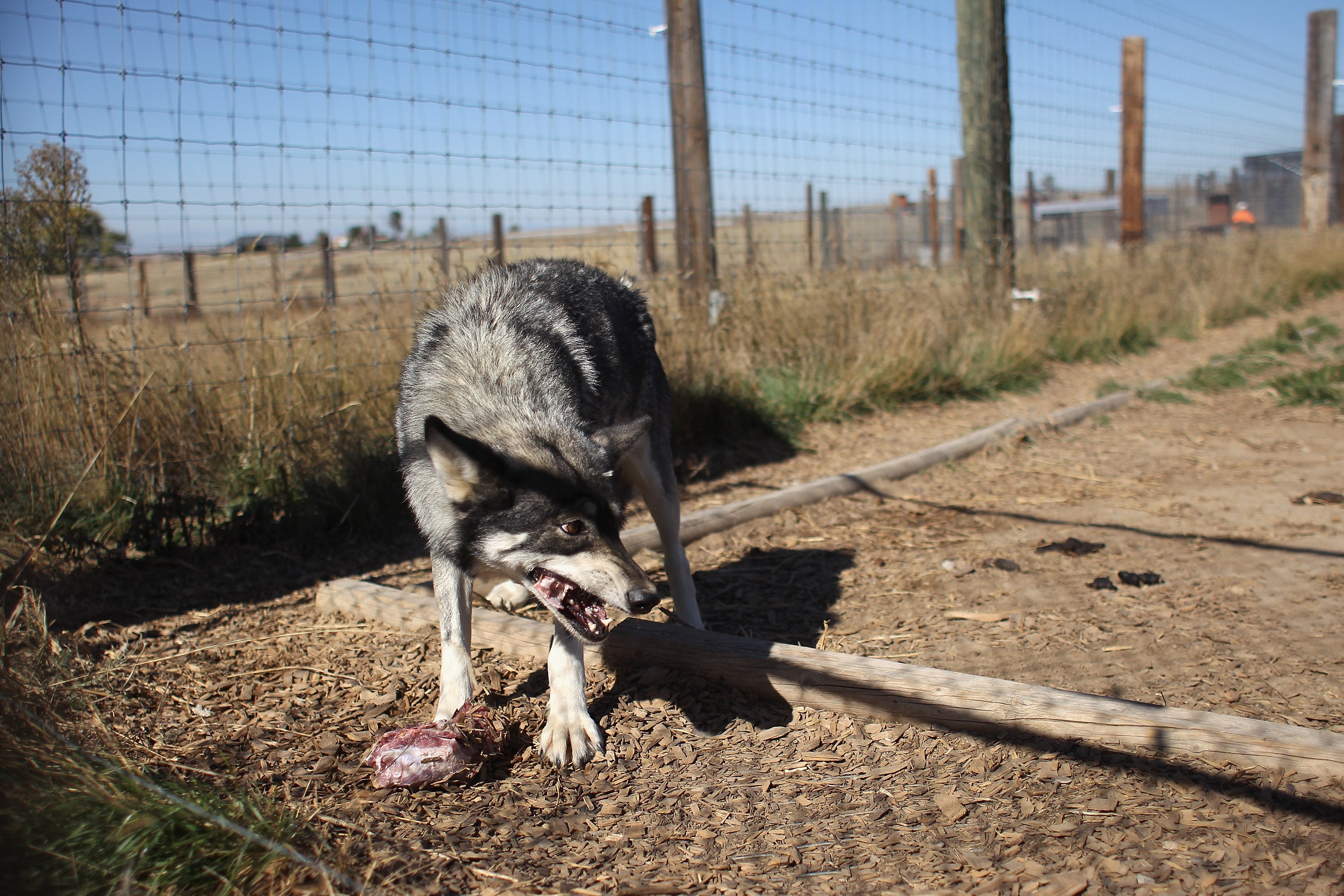First wolf finally captured from pack that has killed seven children in northern India
Security beefed up in Uttar Pradesh state to prevent more killer wolf attacks, after eight deaths and scores of stories of survival

Your support helps us to tell the story
From reproductive rights to climate change to Big Tech, The Independent is on the ground when the story is developing. Whether it's investigating the financials of Elon Musk's pro-Trump PAC or producing our latest documentary, 'The A Word', which shines a light on the American women fighting for reproductive rights, we know how important it is to parse out the facts from the messaging.
At such a critical moment in US history, we need reporters on the ground. Your donation allows us to keep sending journalists to speak to both sides of the story.
The Independent is trusted by Americans across the entire political spectrum. And unlike many other quality news outlets, we choose not to lock Americans out of our reporting and analysis with paywalls. We believe quality journalism should be available to everyone, paid for by those who can afford it.
Your support makes all the difference.Authorities in India have captured a wolf from a pack that is believed to be responsible for the deaths of seven children and a woman in the northern state of Uttar Pradesh.
A team of 25 officials from the forest department began combing the sugarcane fields of Bahraich district after a pack of wolves attacked people in more than 30 villages, killing eight in just six weeks.
Forest officials believe the captured animal is part of the pack of three killer wolves that have been on the prowl in Bahraich.
The attacks have left more than 50,000 people across villages petrified, prompting the forest department to deploy 150 forest officials and over 200 security personnel.
More than 50 people in the district have survived the animals’ attacks.
The wolves were tracked with drones equipped with cameras and thermal mapping software. The captured male wolf was first detected by a thermal imaging drone at 11pm (local time) on Wednesday and eventually tracked down via its footprints.
"After a challenging effort, they successfully captured the wolf from the floodplain of Sisayya village at around 10.45am (local time)," Sanjay Srivastava, the principal chief conservator of forests, told NDTV.
The wolf was tranquilized and taken to a zoo in Gorakhpur district.
Akash Deep Badhawan, an officer with the forest department, told Reuters that the situation was a "bit tricky as this particular species of wildlife is very cunning in nature". "We have advised the villagers to not sleep in the open along with their children.”
While leopard and tiger attacks are regularly reported in India, wolf attacks are unusual. Authorities in Bahraich have installed loudspeakers and flood lights to deter the animals.
Mr Badhawan said the department would use elephant dung and urine to keep the pack of wolves away from residential areas. “The burning of the dung cake would create an illusion of elephant presence in the area," he said, adding that wolves avoid areas where big animals dwell.
The first attack was reported on 17 July, when a one-year-old was killed by a wolf. The latest attack was reported on 26 August when a wolf entered a house and killed a seven-year-old boy sleeping in the courtyard with his mother.
During the summer, it’s common for villagers in India to sleep on mats or beds made from woven rope outside their homes where it is cooler, which makes the victims vulnerable.
The mother of another seven-year-old said a wolf entered the house at night, grabbed the child by his neck and ran away.
"I desperately tried to save him by pulling the wolf’s legs, but didn't succeed. The wolf dragged Firoz about 200 metres into a field," she told India Today. The child was eventually rescued and rushed to the hospital with injuries.
He survived the attack, his mother said.
Wolves become man-eaters after developing a taste for human flesh, according to Ajeet Singh, the divisional forest officer overseeing the operation.
Much of India is currently experiencing heavy monsoon rains, and the wolves could have been driven by floods to search for food in human habitats, he told New Indian Express.
Join our commenting forum
Join thought-provoking conversations, follow other Independent readers and see their replies
Comments